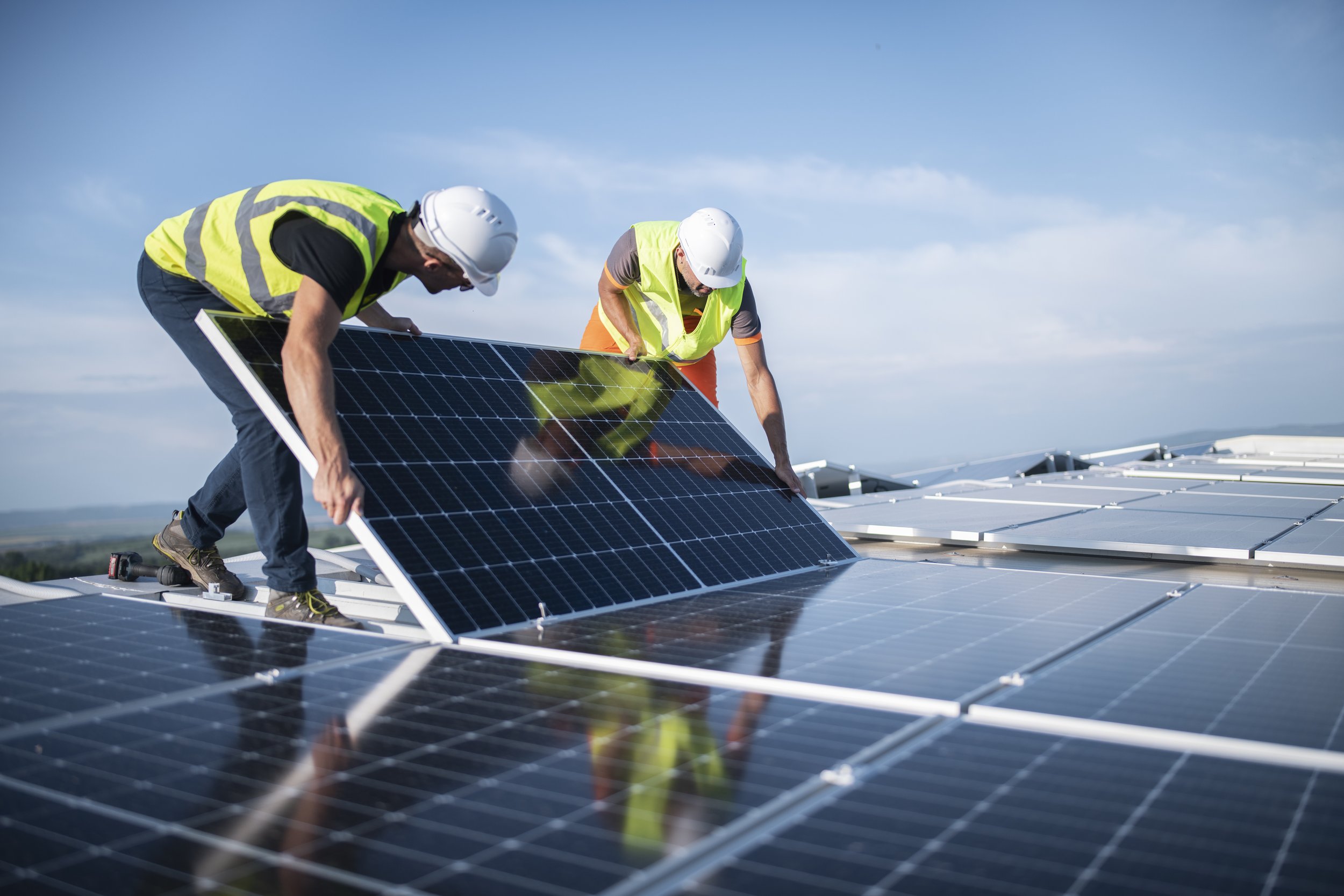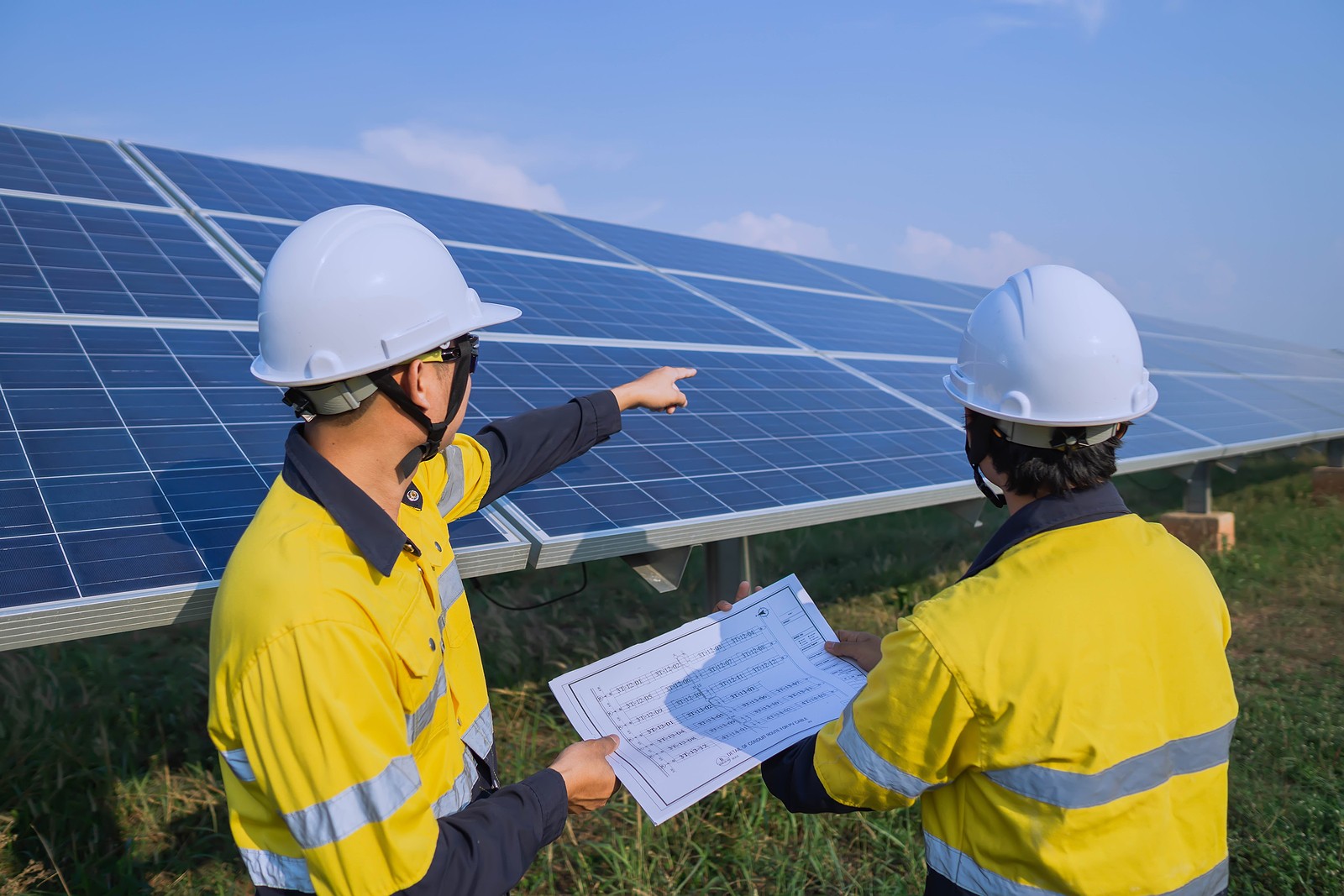Solar Energy Suppliers: Pricing Analysis of Setting up Photovoltaic Panels on Your Home
Solar Incentives Installation: Top-Quality Solar Modules Offer Efficient And Reputable Renewable Energy Solutions
Kinds Of Solar Panels: Decoding the Options for the very best Solar Panels
When it pertains to choosing the finest photovoltaic panels, comprehending the types offered can seem like deciphering a riddle wrapped in sunshine. The marketplace provides a handful of distinct varieties, each with its own quirks and qualities. Have you ever wondered why some panels look streamlined and consistent while others seem patchy or speckled? The response depends on their core innovation and design.
1. Monocrystalline Solar Panels
Image a single, perfect crystal of silicon-- pure, efficient, and sophisticated. Monocrystalline panels are made from this single crystal. They are frequently dark black, almost like a midnight sky, and they boast the highest performance rates. These panels flourish in tight areas, ejecting maximum power with minimal footprint. If you've ever experienced the frustration of restricted roofing system area, then you know why these panels feel like a godsend.
- Performance: Generally 15-22%
- Life-span: 25+ years
- Appearance: Uniform black color
- Expense: Greater in advance investment
2. Polycrystalline Solar Panels
Picture a mosaic artist's canvas-- a patchwork of silicon crystals fused together. Polycrystalline panels have a bluish color and a speckled look, showing their multi-crystal structure. While they usually provide slightly less effectiveness than monocrystalline, they frequently come at a friendlier rate point. Consider them as the reputable workhorses of solar panels-- constant and useful.
- Performance: Around 13-16%
- Life expectancy: About 25 years
- Appearance: Blue, speckled texture
- Expense: More economical upfront
3. Thin-Film Solar Panels
Have you ever seen those ultra-thin, flexible solar sheets that practically seem like plastic? Thin-film solar panels are a different animal entirely. They are light-weight and can be applied to surfaces where standard panels would be impractical. Their effectiveness tends to drag crystalline types, however their adaptability is unmatched. Picture covering your knapsack or automobile roof in solar cells-- this is where thin-film shines.
- Effectiveness: Typically 10-12%
- Life-span: 10-20 years
- Appearance: Uniform, often dark or clear
- Expense: Lower initial cost, however possibly higher long-lasting
Which Type Fits You?
Choosing the finest photovoltaic panels isn't simply about numbers; it's about way of life, roofing area, and your vision for energy self-reliance. Are you going after peak efficiency in a compact area? Monocrystalline may be your champion. Required a budget-friendly choice that does not stint dependability? Polycrystalline could be the answer. Or are you all set to check out innovative applications with thin-film?
| Type | Performance | Lifespan | Cost | Perfect Use |
|---|---|---|---|---|
| Monocrystalline | 15-22% | 25+ years | High | Restricted area, high effectiveness |
| Polycrystalline | 13-16% | ~ 25 years | Moderate | Budget-conscious, bigger roof areas |
| Thin-Film | 10-12% | 10-20 years | Low | Flexible surfaces, unconventional setups |
Ultimately, the pursuit of the finest solar panels is a journey, not a sprint. Assess your needs, area, and monetary objectives. When sunshine satisfies wise option, your panels can become more than just equipment-- they become a writer of your commitment to sustainable energy.
Efficiency Rankings: The Heartbeat of Solar Panel Efficiency
Think of a photovoltaic panel as a thirsty tourist in the desert, relentlessly chasing after the sun's energy. The efficiency score is the procedure of how well it satiates its thirst-- just how much sunshine it transforms into usable electricity. Here, every decimal point counts. A panel with a 22% effectiveness ranking transforms 22% of the sunlight it absorbs into power, while the rest dissipates as heat or light. Why does this matter so much?
Effectiveness ratings are not just numbers on a spec sheet; they determine the actual output of your solar financial investment. Consider a rooftop with restricted area. Going with panels with higher effectiveness indicates squeezing more power into those square feet, an essential element for city installations where every inch matters.
Deciphering Real-World Efficiency
Performance isn't fixed. It changes with temperature level, angle of sunshine, and shading. Photovoltaic panel generally lose efficiency as they warm up-- often about 0.3% to 0.5% per degree Celsius above 25 ° C. This suggests a sunny summer afternoon can paradoxically minimize your panel's yield.
Ever observed how a shadow from a tree branch can maim a whole solar selection? That is because of string configuration and bypass diodes working behind the scenes. A single shaded cell can drag down the output of the whole string, a subtlety frequently ignored by novices. This is why microinverters or power optimizers are game-changers-- they enable each panel to run separately, alleviating shading effects.
Expert Tips to Optimize Panel Effectiveness
- Ideal Tilt and Orientation: Panels angled to capture the sun's peak rays make the most of daily yield. Even a couple of degrees off can decrease output visibly.
- Temperature Management: Installing panels with appropriate air flow beneath assists dissipate heat, preserving effectiveness throughout hot spells.
- Regular Monitoring: Utilizing performance tracking systems can highlight dips in performance triggered by dirt, micro-shading, or electrical problems before they snowball.
Efficiency Metrics Beyond Efficiency

| Metric | What It Informs You | Why It Matters |
|---|---|---|
| Temperature Coefficient | Measures performance loss per ° C boost | Suggests panel resilience in hot environments |
| Degradation Rate | Yearly loss in power output over time | Predicts long-term energy production and ROI |
| Nominal Operating Cell Temperature (NOCT) | Anticipated temperature of the panel under basic conditions | Helps estimate real-world performance |
Selecting the finest photovoltaic panels indicates understanding that effectiveness rankings inform just part of the story. Real-world conditions, setup quality, and element synergy all determine actual performance. Are you prepared to look beyond surface area numbers and dive into the subtleties that will really power your home or company?
Setup Factors to consider
What lies beneath the surface area often dictates the fate of your solar panel installation. The roof structure bears a silent however tremendous obligation. Residences with aging or weak roofs may find themselves battling with the weight of solar selections. Have you ever seen a roofing system sag somewhat under heavy snow and questioned, "Could photovoltaic panels contribute to that?" That concern matters. Guaranteeing your roofing can support the panels without compromising stability is paramount.
Another puzzle piece: orientation and tilt. Solar panels grow when kissed by sunlight, but the angle at which they bask can transform energy output from modest to splendid. South-facing roofs usually win the sunlight lotto in the northern hemisphere, however what about that quirky east-facing roofing system? Often, an imaginative racking system can coax more power from less-than-ideal angles. Angle changes between 30 to 45 degrees often optimize absorption, yet regional climate nuances can dictate slight tweaks.
Site Evaluation Tips
- Shade analysis: Trees, chimneys, and even neighboring buildings can cast shadows that stealthily sap your system's effectiveness.
- Roofing area: Determine functional area thoroughly-- blockages reduce the variety of panels you can install.
- Panel spacing: Guarantee adequate gap in between panels to avoid overheating, which decreases efficiency.
Electrical wiring logistics often slip under the radar but can make or break the installation's success. Long cable runs not only inflate expenses but introduce power losses. Usage thicker gauge electrical wiring for longer ranges to decrease voltage drop-- this is a subtle expert trick that can save significant energy over time.
Installing Approaches and Their Subtleties
| Installing Type | Finest Usage Case | Pros | Cons |
|---|---|---|---|
| Flush Mount | Residential roofs with strong structure | Low profile, economical | Minimal airflow, possible heat buildup |
| Ballasted Mount | Flat roofs without any penetrations enabled | No roofing penetration, fast install | Much heavier system, might need structural reinforcement |
| Pole Mount | Ground installations | Adjustable tilt, much easier upkeep | Takes in ground space, potentially greater wind load |
Ever pondered how severe weather condition might check your solar setup? Wind uplift forces can pry improperly set up panels away like a gust peeling wallpaper. Using appropriately ranked installing hardware adjusted to your region's wind speed is not simply a suggestion-- it's a mandate for longevity. And what about snow load? Panels that shed snow promptly prevent the silent drain on everyday output.

Environmental Impact and Benefits of Best Solar Panels
Think of a world where roofs hum with the quiet work of solar power, turning sunlight into power without a whisper of contamination. The very best photovoltaic panels don't simply slash your electrical power bills-- they wield a profound impact on the environment. Yet, it's simple to neglect the subtle complexities that figure out simply how green your solar setup really is.
Not all photovoltaic panels are created equal when it comes to the carbon footprint embedded in their production. Production involves mining uncommon Solar Energy Suppliers minerals and energy-intensive procedures. But here's the kicker: the most efficient panels balance that in advance ecological cost by generating clean energy for years, frequently offsetting their preliminary carbon emissions within 1-3 years. This repayment period is crucial-- ask yourself, the length of time will your panel last, and how much energy will it conserve?
Hidden Environmental Advantages
-
Reduction in Greenhouse Gases: Photovoltaic panel transform sunlight into electrical power without launching CO.
2,.
suppressing the ravaging greenhouse result.
- Water Conservation: Unlike nonrenewable fuel source plants that guzzle water for cooling, photovoltaic panels avoid this drainage, preserving precious water resources.
- Land Usage Effectiveness: Setting up solar panels on rooftops or deteriorated lands reduces disturbance to ecosystems and wildlife environments.
One interesting fact typically missed out on: the waste management of solar panels at the end of their life process. Experts recommend preparing for recycling pathways early on to avert ecological concerns from disposed of panels. The products-- silicon, aluminum, glass-- are all recyclable, however the infrastructure is still catching up in numerous areas.
Tips for Taking Full Advantage Of Ecological Advantages
- Select panels with a high energy conversion rate to make sure quicker environmental repayment.
- Select solar batteries made from less toxic materials, avoiding panels with heavy metals like cadmium where possible.
- Coordinate setup with ideal panel alignment and tilt to harness maximal sunlight, making every photon count.
- Think about integrating energy storage systems to smooth out solar intermittency, enhancing overall system sustainability.
Ever question why some solar ranges shine brighter than others? It's not just about look. Dirt, shading, and even micro-cracks can undercut efficiency dramatically. From an ecological lens, performance suggests less panels needed, which translates to less material consumption and lower embodied energy.
Solar energy is a peaceful revolution, however its complete environmental possible unfolds only when you think beyond just the initial cost savings. It's about the ripple effect of every watt created, every contaminant prevented, and every drop of water conserved. What if your next solar decision could be a vote for a cleaner planet?